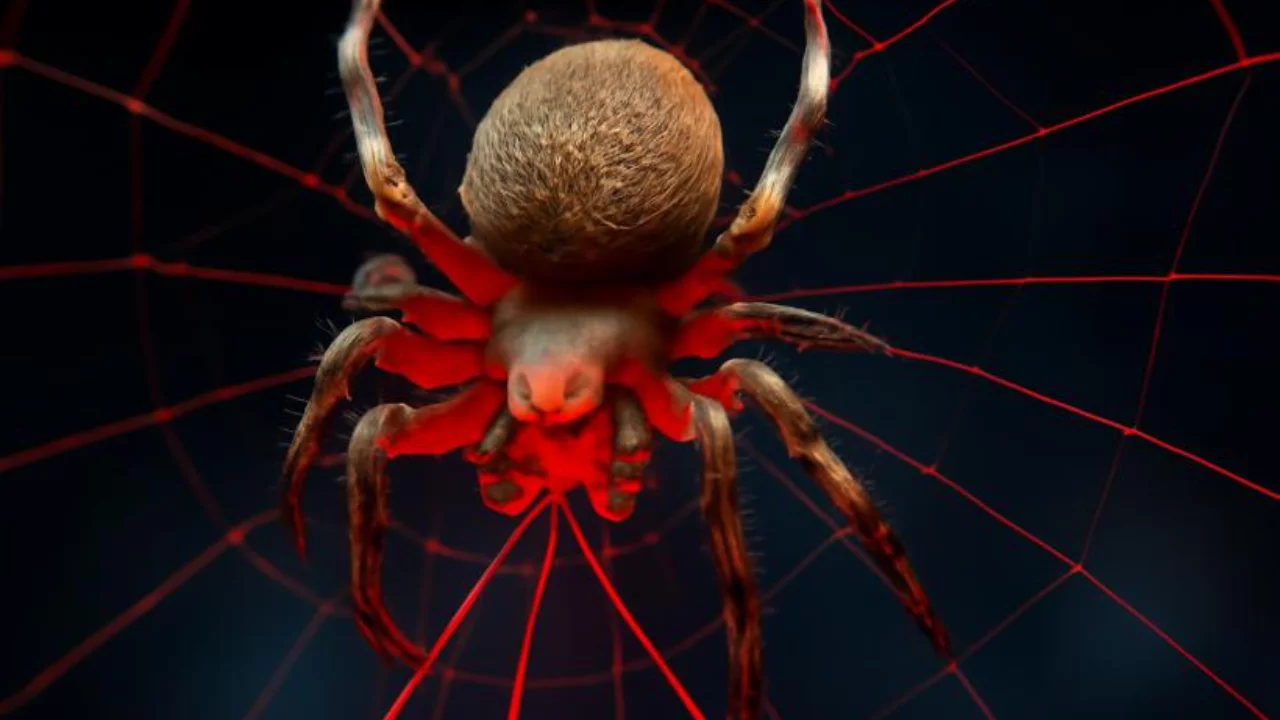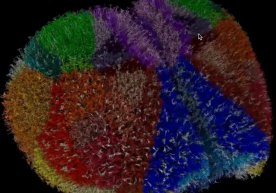
Biomaterials researchers at the University of Bayreuth in Germany have made a major breakthrough that has stunned the scientific community. For the first time, they have successfully modified the natural silk fibers of spiders by introducing a new gene into their bodies in the laboratory. The results of the study have been published in the prestigious journal Angewandte Chemie.
Result: Glowing, red silk
The researchers used a molecular technology called CRISPR-Cas9 to insert a new gene into the DNA of a house spider, the Parasteatoda tepidariorum. As a result of this change, the insect began to produce a glowing, red fiber instead of regular silk. According to scientists, this change can make a big difference not only in the visual effect, but also in the properties of the material.
Spider silk: nature's perfect invention
Spider silk is considered by experts to be "the most perfect of all natural composite materials." It is very light, elastic and at the same time very durable. At the same time, it is considered environmentally friendly due to its biodegradable properties. These qualities make it a unique candidate for use in the medical, aerospace and textile industries.
CRISPR-Cas9: the key to the genetic revolution
CRISPR-Cas9 technology has been recognized as one of the most effective tools in the field of genetic engineering in the last decade. It allows you to “cut out”, “delete” or “add” new genes. Previously, this technology was mainly used in plants, humans and mammals, but this operation was not carried out in insects, in particular spiders.
Professor Scheibel: "We are the first"
The main author of the study, Professor Thomas Scheibel, commented:
"For the first time, we have managed to genetically modify the valuable silk fiber of spiders to give them new properties. This is a major scientific breakthrough. It is also surprising that no one has achieved this before."
Scientific and practical significance
Scientists say that this breakthrough has opened up the opportunity to obtain more complete information about the structure and synthesis of spider silk. This knowledge can be used in the future to create bionic prostheses, smart fabrics, nanotechnologies and even highly bioactive medical implants. Read “Zamin” on Telegram!
Ctrl
Enter
Found a mistake?
Select the phrase and press Ctrl+Enter Related news
Information
Users of Меҳмон are not allowed to comment this publication.
Users of Меҳмон are not allowed to comment this publication.














